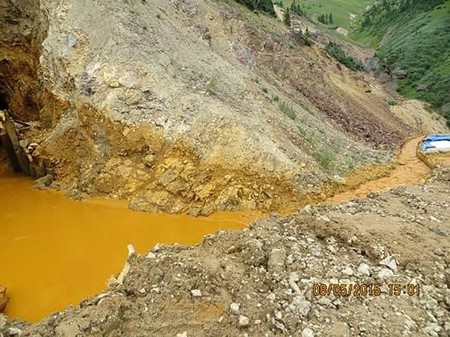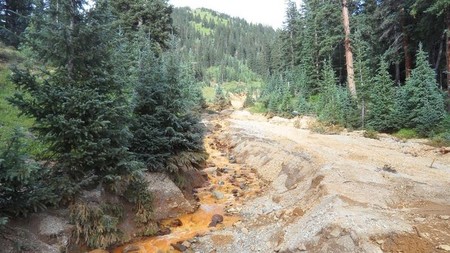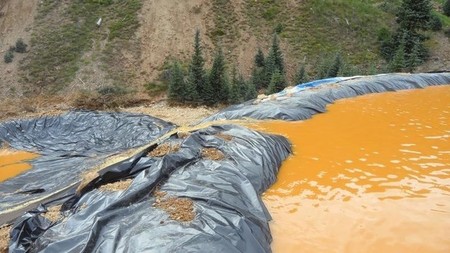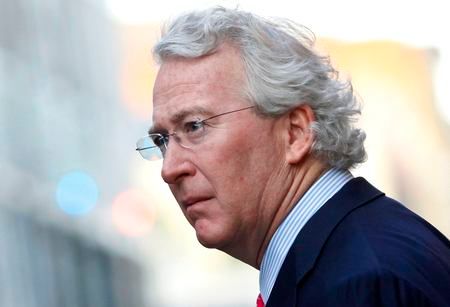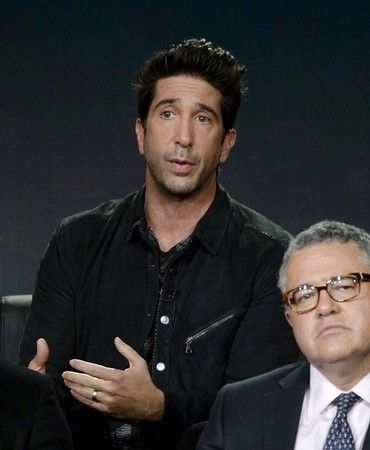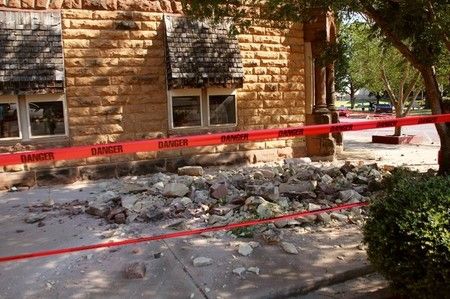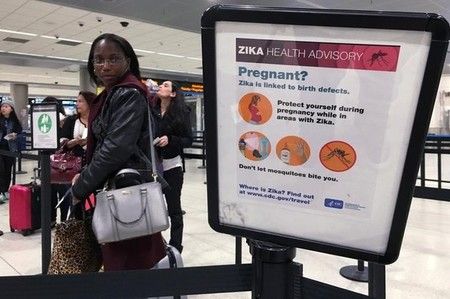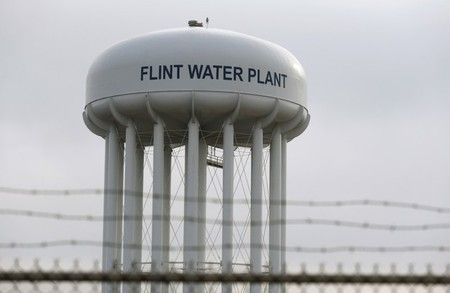Advertisement
Navajo Nation sues EPA over metal sludge from Colorado mine spill
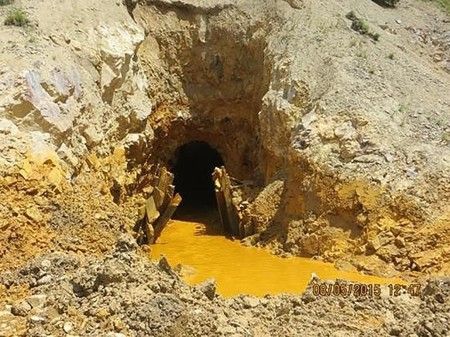
WASHINGTON (Reuters) – The Navajo Nation sued the U.S. Environmental Protection Agency on Tuesday, one year after 3 million gallons of toxic wastewater spilled into three states from an abandoned Colorado gold mine.
In a court filing, the Navajo tribe alleged the EPA and other parties “recklessly” burrowed into the Gold King Mine in 2015, releasing waste into water upstream from the tribe’s land.
A year later, the waterways remain contaminated and the Navajo people have yet to be compensated, according to the complaint that also names EPA contractor Environmental Restoration, the Kinross Gold Corp and Sunnyside Gold Corp.
“One of the Navajo people’s most important sources of water for life and livelihood was poisoned with some of the worst contaminants known to man, including lead and arsenic,” Navajo Nation said in the 48-page complaint filed in the U.S. District Court of New Mexico.
An EPA spokeswoman said the agency could not comment on pending litigation.
The August 2015 rupture of the closed mine unleashed a torrent of yellow sludge with high concentrations of heavy metals such as arsenic, mercury and lead in areas of New Mexico, Colorado and Utah. An EPA inspection team had been at the site to inspect seepage at the mine, which had been dormant for decades.
New Mexico has already sued the EPA, citing widespread environmental damage and economic harm.
In its suit, Navajo Nation – a federally recognized Indian Tribe – cited millions of dollars of damage to its people and a lack of “any meaningful recovery,” pointing to the tribe’s heavy reliance on the now-contaminated San Juan River.
“Efforts to be made whole over the past year have been met with resistance, delays, and second-guessing,” it wrote. The EPA and the other defendants “ignored warning signs for years” and “failed to prepare for known risks of a mine blowout,” it added.
The EPA has said it takes responsibility for the cleanup and that it has made more than $29 million available in response, including more than $1 million to Navajo Nation. It has yet to decide whether to designate Gold King as a Superfund site, which would give it access more cleanup funds.
The agency has also put in place a plan to monitor water quality. Metal concentrations exceeded the tribe’s agricultural screening levels for a short duration, but “EPA water quality experts believe the San Juan River is safe for agriculture and irrigation,” according to its website.
The case is Navajo Nation v. U.S. Environmental Protection Agency, U.S. District Court for New Mexico, case No. 1:16-cv-00931.
(Reporting by Valerie Volcovici and Susan Heavey; Additional reporting by David Ingram in New York; Editing by Dan Grebler)


